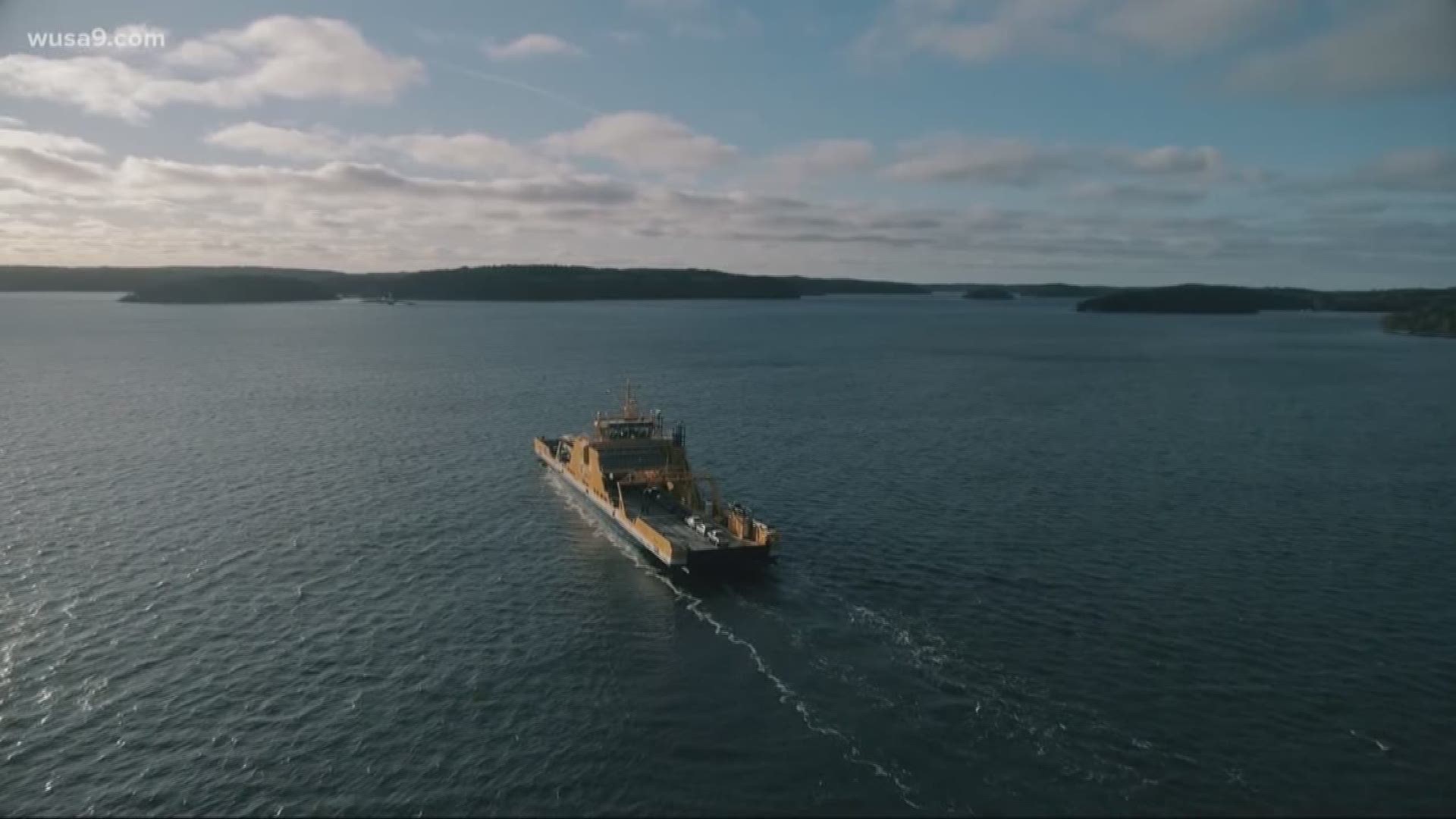ANNAPOLIS, Md. — Maryland Governor Larry Hogan has fallen firmly behind building a new span across the Chesapeake Bay next to the existing bridges.
Maryland hasn't provided an estimate of the possible cost, but transportation experts predict it will be in the billions.
The numbers alone would make it worthwhile to continue studying the option of launching a European-modeled, all-electric ferry service across the Chesapeake from multiple points as a transportation alternative, according to podcaster and Baltimore Sun columnist Dan Rodricks.
Rodricks has been promoting the idea of an all-electric fleet of ferries that could siphon off enough traffic to eliminate the need for a new bridge.
Chesapeake Bay ferry concepts have been studied at least six times since 2000, according to a summary by the Maryland Department of Transportation.
The studies have indicated the cost is too high and ridership is too low to make a meaningful dent in the current traffic volume across the existing William Preston Lane Bridge.
Currently the bridge carries about 118,000 thousand vehicles per day during the summer season. Traffic is projected to grow to 135,000 vehicles by 2040.
A privately operated ferry service might be able to siphon off fewer than 1000 vehicles per day, according to the Maryland Transportation Authority's Tier 1 Chesapeake Bay Crossing Study.
Ferries will continue to be considered as intermodal alternatives as the Bay Crossing study moves into a new phase.
In Europe, electric ferries are proving to be reliable and economical in countries like Norway, Denmark and Finland where the first large-scale, new-generation electric ships began operating in 2017.
One Norwegian company has just ordered a fleet of seven.
Videos posted by the global technology company Siemens show the ferries in operation.
"They power up while they’re in dock," Rodricks said. "They charge overnight. Shouldn’t this be explored as an alternative to building a third multi-billion dollar Bay Bridge?"
"There’s no reason why we couldn’t have a ferry service in place in the next five to seven years if that was a priority for Maryland," Rodricks said.
Rodricks said that ferries could launch from multiple points to the north and south of the existing bay bridge, attracting drivers who travel long distances to reach the bay crossing near Annapolis.
Baltimore, Chesapeake Beach and Solomons with crossings to points on the Eastern Shore might make sense, Rodricks speculated.

